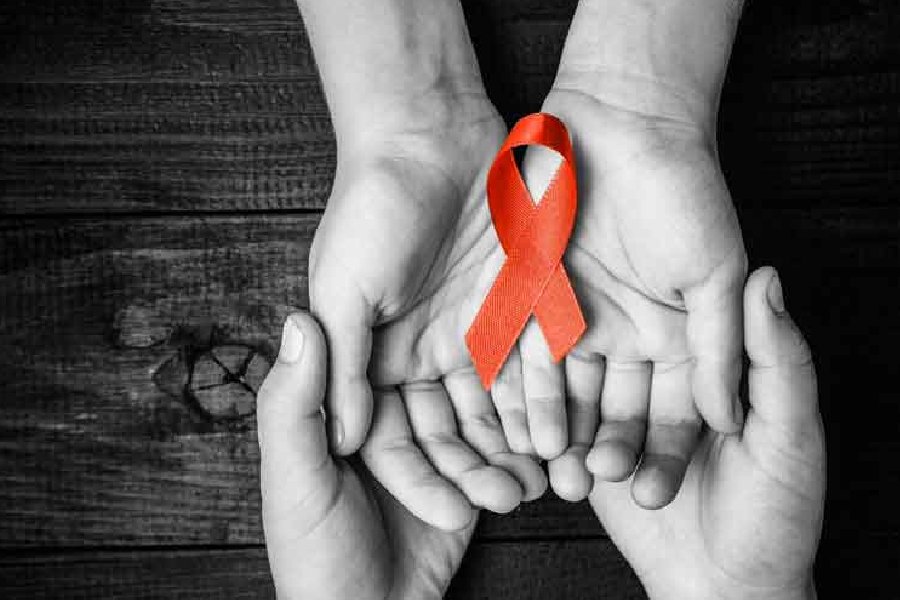HIV/AIDS is a viral infection that attacks the immune system, specifically immune cells, which are crucial for fighting off infections and diseases. The virus is primarily transmitted through unprotected sexual intercourse or sharing contaminated needles.
Once infected, individuals experience flu-like symptoms, such as fever and fatigue, which can often go unnoticed or be mistaken for other illnesses. Unnoticed HIV infections are more common than you'd think — around half of the 4.9 million people living with HIV in West and Central Africa are unaware of their status.
Infections disproportionately affect young women and adolescent girls, mostly in African countries, where young women are three times more likely to contract HIV than young men.
Without proper treatment, HIV can progress to AIDS, a stage where the immune system is severely compromised. AIDS leaves you vulnerable to opportunistic infections and cancers.
While HIV is a global issue, around two thirds of the people living with HIV reside in sub-Saharan Africa. The high prevalence in the region is due to a variety of reasons, including limited access to healthcare, a lack of comprehensive sex education, and social stigma.
However, counterfactual stories and myths remain a problem, particularly about how the disease is transmitted and treated.
How is HIV transmitted?
One common myth is that people can contract HIV by being near an HIV-positive person.
In fact, HIV can be spread through blood, semen and vaginal fluids, and breast milk. It can also be transmitted from mother to child during pregnancy and childbirth. HIV can be passed on by the exchange of specific types of bodily fluid, but not by saliva, tears or sweat. And it cannot be spread through the air like COVID-19.
Condoms help prevent the spread of HIV, which is why some countries make free condoms widely available. Similarly, clean needle programs for drug users help to reduce the risk of HIV transmission.
Unfortunately, the Catholic Church opposes artificial contraception, including condoms. This controversial stance means many people are losing out on their life-saving benefits.
HIV treatments
Another myth is that having sex with a virgin cures HIV. This superstition is behind a recent rise in HIV cases among young women in Ghana, for example, as older men sought to have unprotected sex with them to cure their HIV.
Public health programs are working to raise awareness to help protect younger women and combat myths.
In the meantime, public health officials are working to increase the rollout of HIV-suppressing medication. Scientists are also testing new forms of more affordable antiviral drugs that can be distributed to regions with high HIV prevalence.
The United Nations warned last year that a new AIDS pandemic could hit if more global funding isn't made available to combat the disease.











